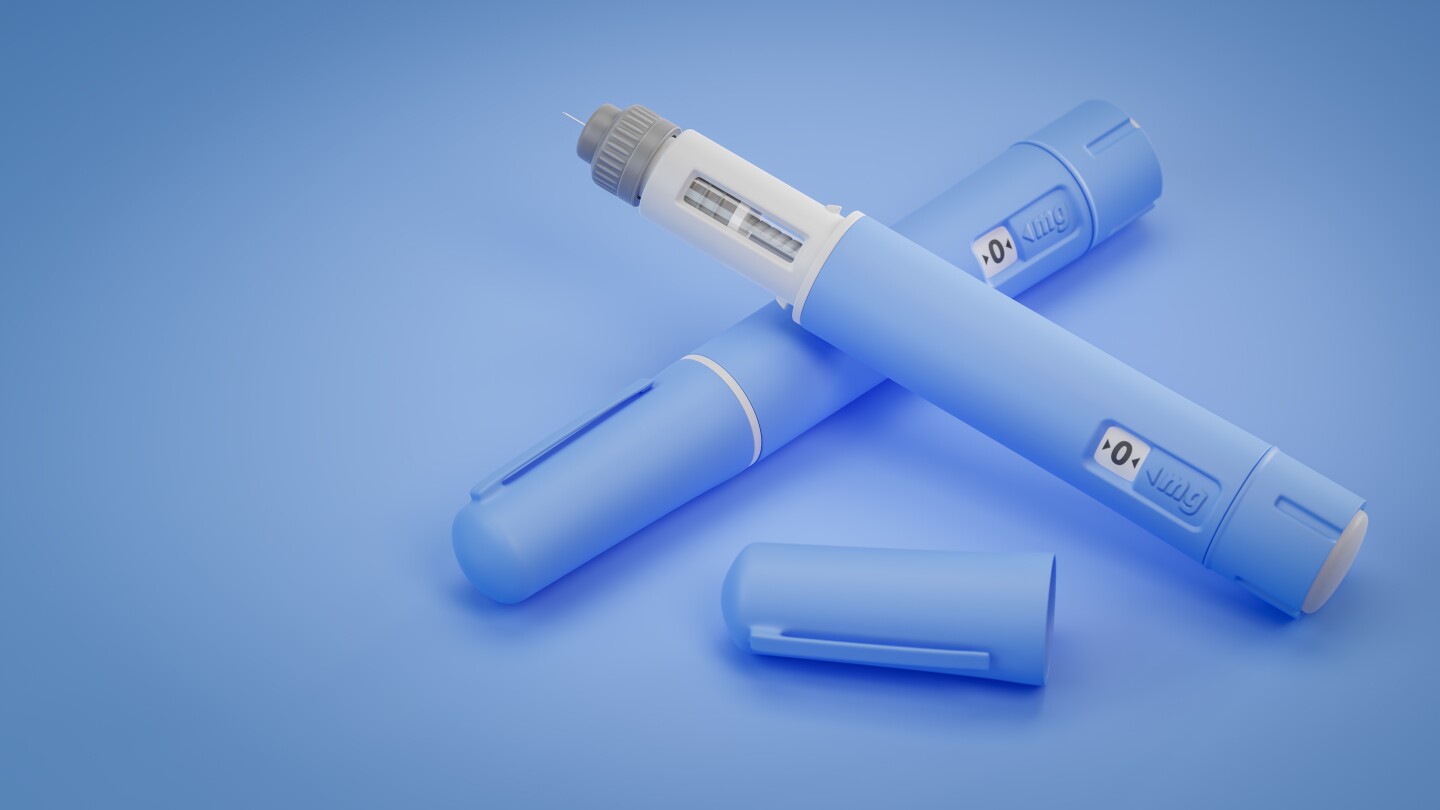GLP-1
JPM25 is in full swing as several pharma powerhouses—including Merck, Lilly and Amgen—detail their strategies for growth in the coming year.
Obesity continues to grab attention at the J.P. Morgan Healthcare Conference in San Francisco, with both Pfizer and Kailera Therapeutics outlining their plans in the space moving forward.
Metsera will use its IPO proceeds to fund the Phase III development of its injectable, ultra-long-acting GLP-1 therapy MET-097i, which last week achieved 11.3% weight loss in a Phase IIa study.
According to BMO Capital Markets, Medicare coverage of Lilly’s Zepbound opens the door to using secondary indications to secure CMS coverage for obesity drugs.
The FDA recommended maintaining a minimum of 5% weight-loss for drug developers seeking to establish the efficacy of their investigational obesity candidates.
BioSpace presents 25 noteworthy biopharma startups in ’25; analysts forecast stronger M&A as the J.P. Morgan Healthcare Conference kicks off next week; GLP-1s continue to expand their reach as Novo, Lilly fight against compounders; and a look ahead to five key FDA decisions in Q1.
Months after posting weight loss of 7.5% at 36 days for patients taking MET-097i, Metsera releases mid-stage results of just over 11% average body weight reduction at 12 weeks, with no plateau and a promising safety profile.
Seeking Alpha analyst Terry Chrisomalis regards Viking Therapeutics as the most attractive M&A candidate in 2025, bolstered by its strong obesity candidate VK2735 and largely de-risked MASH therapy VK2809.
Expanding volumes of data point to mechanisms beyond weight loss and blood sugar control that contribute to cardiovascular benefits in the world’s fastest-growing drug class.
Novo Nordisk’s GLP-1s outsell Eli Lilly’s thanks to its superior marketing. Here’s how.
PRESS RELEASES










